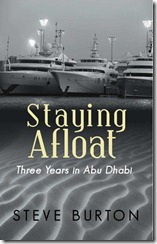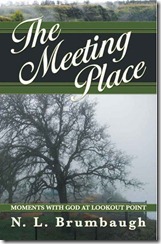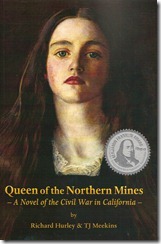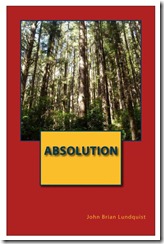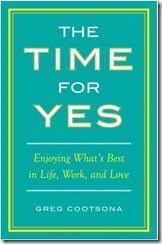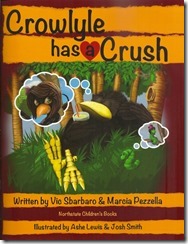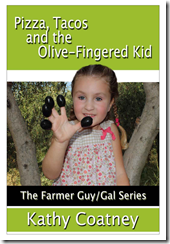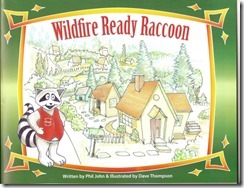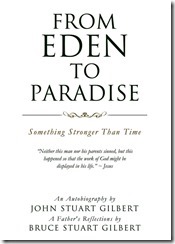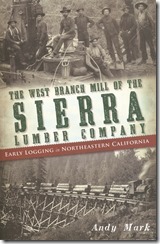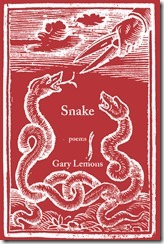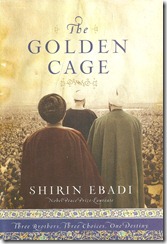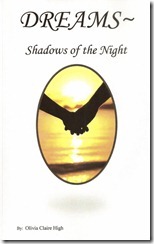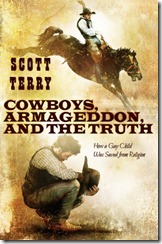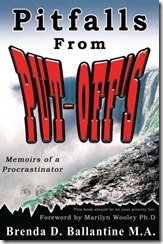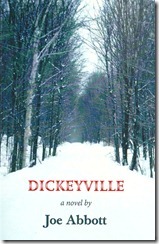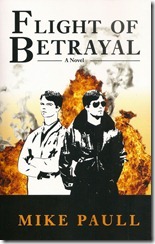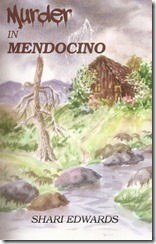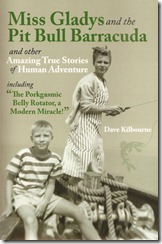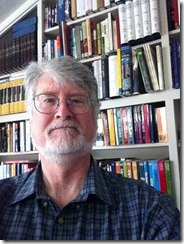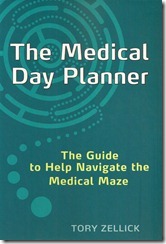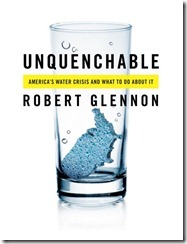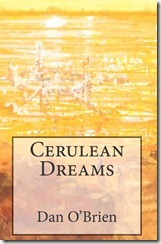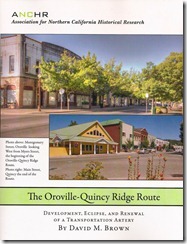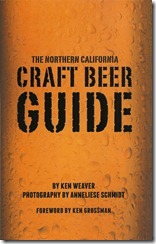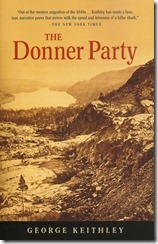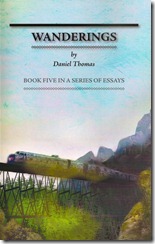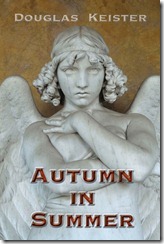"My Chico existence," Steve Burton writes in an email, "dates back to 1971." His website (http://stephencburton.com) notes that "he spent twenty years in the real estate development and construction industries, followed by eight years in the maritime industry." Now living in the Bay Area, he and his wife Pamela became "expats" by moving to Abu Dhabi in the United Arab Emirates in 2007. Money was no object back then. Burton and his and other teams were tasked with building a world-class marina, hotel complex, and Formula One racetrack in just thirty months. Piece o' cake--well, sort of--when just a nod from a member of the Royal Family takes care of any red tape.
But day-to-day living in the area, one of the richest venues on earth, was not exactly a cakewalk. That's when Burton's sense of humor kicks in, and his wry observations humanize a jaw-droppingly lavish project without peer in the world. "Staying Afloat: Three Years In Abu Dhabi" ($17.95 in paperback from iUniverse; also available in Amazon Kindle and Barnes and Noble Nook e-book formats) is part history, part travelogue, part memoir. But it's also a serious reflection on cultural diversity and economic realities, especially as the worldwide recession began to affect even the Emirates after Burton's project was completed.
"The $125 million Yas Marina and quay in the channel immediately outside the entrance to the marina were designed to handle 146 yachts up to 325 feet long. ... For comparison, a multi-billion-dollar Los Angeles class nuclear submarine is 353 feet long. Yas Marina is to date the most high-tech marina facility ever constructed. The F1 racetrack wraps around five sides of the fifteen-sided marina and provides yacht owners and their guests with an unobstructed view of much of the race." Monaco has nothing on Yas.
In the end, "the Sheikhs' expectations were met. ... Yas Marina and its yacht club have been added to the esteemed list of premier global yachting destinations. ... The inaugural Abu Dhabi International Yacht Show in 2008 was timed to highlight the construction of the Yas Marina." Burton and his group had done it--with just weeks to spare.
It's great yacht reading, even if some of Burton's all-too-human gaffes are, uh, a little dinghy.
